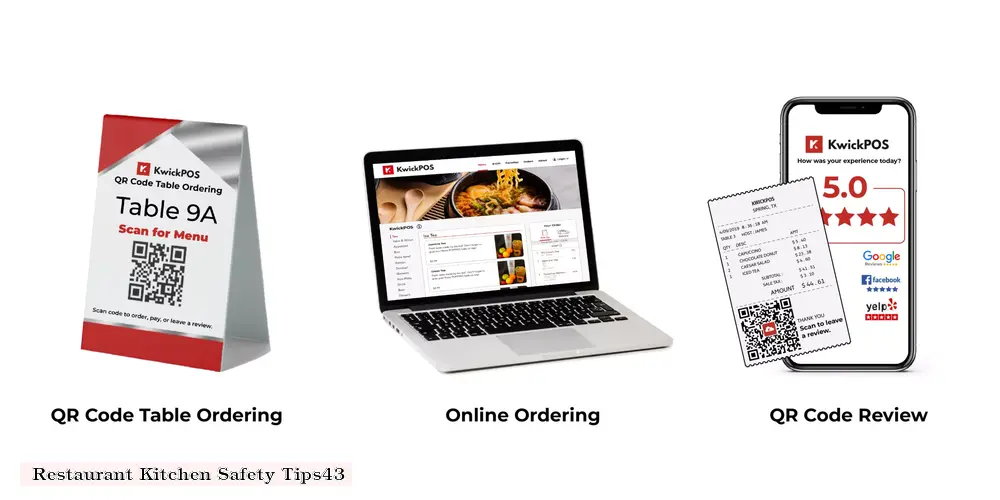

Introduction:
Maintaining a safe and efficient kitchen is paramount in the restaurant industry. By adhering to proper safety protocols, establishments can prevent accidents, protect employees, and ensure the well-being of patrons. Here are some essential kitchen safety tips to enhance the safety of your restaurant's kitchen.
1. Proper Equipment Maintenance:
Regularly inspect and maintain all kitchen equipment, including stoves, ovens, fryers, and refrigeration units. Ensure that all equipment is in good working order and meets safety standards. Conduct routine cleaning and maintenance to prevent malfunctions and potential hazards.
2. Safe Food Handling Practices:
Follow strict food safety guidelines to prevent foodborne illnesses. Wash hands thoroughly before handling food, maintain proper food temperatures, and store food properly to prevent contamination. Implement a food safety management system to ensure compliance with regulations.
3. Slip and Fall Prevention:
Keep kitchen floors clean and dry to prevent slips and falls. Use non-slip mats in areas where spills are likely to occur. Ensure that all spills are cleaned up promptly to minimize the risk of accidents.
4. Fire Safety:
Install and maintain fire extinguishers and smoke detectors throughout the kitchen. Train staff on proper fire safety procedures and conduct regular fire drills. Keep flammable materials away from heat sources and ensure that all electrical equipment is properly grounded.
5. Sharp Object Safety:
Handle sharp knives and other utensils with care. Store knives in designated knife blocks or racks. Keep knives sharp to reduce the risk of accidents. Dispose of broken or damaged knives promptly.
6. Personal Protective Equipment (PPE):
Provide employees with appropriate PPE, such as gloves, aprons, and non-slip shoes. Ensure that PPE is worn correctly and maintained in good condition.
7. Proper Ventilation:
Maintain adequate ventilation in the kitchen to remove smoke, fumes, and heat. Install exhaust fans and ensure that they are functioning properly.
8. Employee Training:
Train all kitchen staff on safety protocols, including food handling, equipment operation, and emergency procedures. Conduct regular safety meetings to reinforce safety practices.
9. Emergency Preparedness:
Develop an emergency preparedness plan that outlines procedures for responding to fires, spills, and other emergencies. Train staff on the plan and conduct regular drills to ensure readiness.
10. Regular Inspections:
Conduct regular kitchen inspections to identify potential hazards and ensure compliance with safety regulations. Address any issues promptly to maintain a safe work environment.
Conclusion:
By implementing these kitchen safety tips, restaurants can create a safe and efficient work environment for their employees and ensure the well-being of their patrons. Regular inspections, proper equipment maintenance, and employee training are crucial for preventing accidents and maintaining a high level of safety in the kitchen.
DISCLAIMER: This information is provided for general informational purposes only, and publication does not constitute an endorsement. Kwick365 does not warrant the accuracy or completeness of any information, text, graphics, links, or other items contained within this content. Kwick365 does not guarantee you will achieve any specific results if you follow any advice herein. It may be advisable for you to consult with a professional such as a lawyer, accountant, or business advisor for advice specific to your situation.

today
Copyright © 2025 Kwick365.com
Designed by KwickPOS is the best restaurant POS